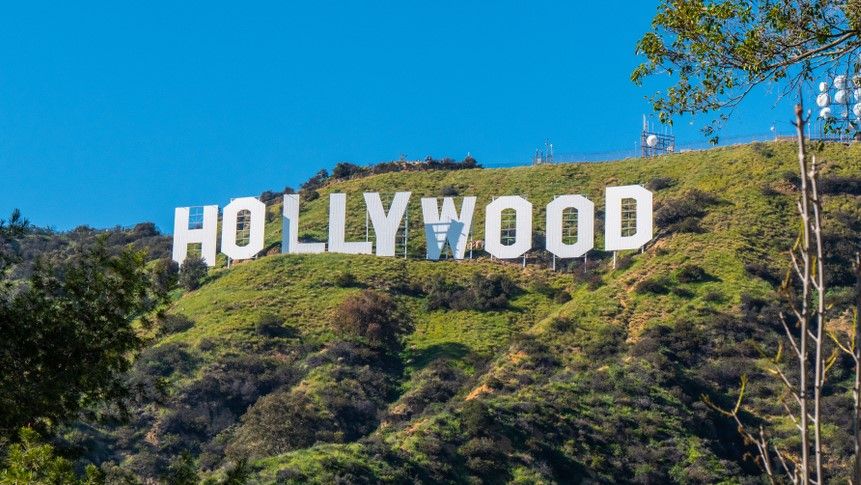Hollywood Talent Agencies Challenge OpenAI’s Sora 2 AI Video Generator

Key Points
- OpenAI’s Sora 2 AI video generator faces criticism from major Hollywood talent agencies.
- Creative Artists Agency warns the tool threatens performers’ likeness rights and compensation.
- The Cameo feature, which lets users insert celebrity likenesses into AI videos, is a focal point of concern.
- OpenAI says permission is required from public figures via a verified Cameo; otherwise the system blocks usage.
- Estates of deceased public figures can request removal of AI‑generated content featuring them.
- Other agencies and the Motion Picture Association have also called for stricter safeguards.
- The dispute highlights the clash between rapid AI innovation and the entertainment industry’s licensing standards.
OpenAI’s new Sora 2 AI video tool has sparked a public confrontation with major Hollywood talent agencies. Agencies such as Creative Artists Agency argue that the technology threatens performers’ likeness rights and compensation, especially through its Cameo feature that can place a celebrity into AI‑generated clips. OpenAI has responded by outlining safeguards, including permission requirements for public figures and a process for estates to request removal of deceased individuals. The dispute highlights the clash between rapid AI innovation and the entertainment industry’s long‑standing emphasis on licensing, consent, and creator rights.
Talent agencies condemn Sora 2
OpenAI’s Sora 2 AI video generator has drawn sharp criticism from Hollywood’s leading talent agencies. Creative Artists Agency issued a statement warning that the tool endangers the intellectual property and compensation of its clients. The agency highlighted the Cameo feature, which allows users to insert a celebrity’s likeness and voice into AI‑generated videos, as a particular point of contention.
Industry concerns over likeness and compensation
The agencies argue that Sora 2 could enable the creation of videos that use a performer’s image or voice without permission, potentially bypassing the traditional mechanisms that ensure creators are credited and paid. They framed the issue as a moral test for OpenAI, questioning whether the company respects global copyright principles and the rights of writers, artists, actors, and other creators.
OpenAI’s response and proposed safeguards
OpenAI’s leadership acknowledged the concerns and outlined steps to address them. The company said the Cameo feature is designed to require public figures to upload a verified Cameo that explicitly grants permission for their likeness to be used. If no such permission is provided, the system is intended to block attempts to insert that individual into generated content. For deceased public figures, OpenAI stated that estates can request removal of any generated material, and the company will honor those requests.
Broader industry reaction
Other talent agencies, including William Morris Endeavor and United Talent Agency, have issued similar statements, urging OpenAI to remove their clients from the platform. The Motion Picture Association also warned that OpenAI bears responsibility for preventing copyright violations. The dispute underscores the tension between the fast‑moving AI startup approach, which often iterates on mistakes, and the entertainment industry’s methodical focus on licensing, consent, and credit before any content is released.
Implications for the future of AI video tools
The conflict may shape how consumer AI video applications handle creator rights moving forward. While OpenAI’s proposed controls aim to give individuals agency over their digital likeness, critics argue that reliance on self‑registration may not be sufficient to protect against misuse. The outcome of this clash could set precedents for compensation models, permission frameworks, and the broader integration of AI‑generated media in the entertainment ecosystem.